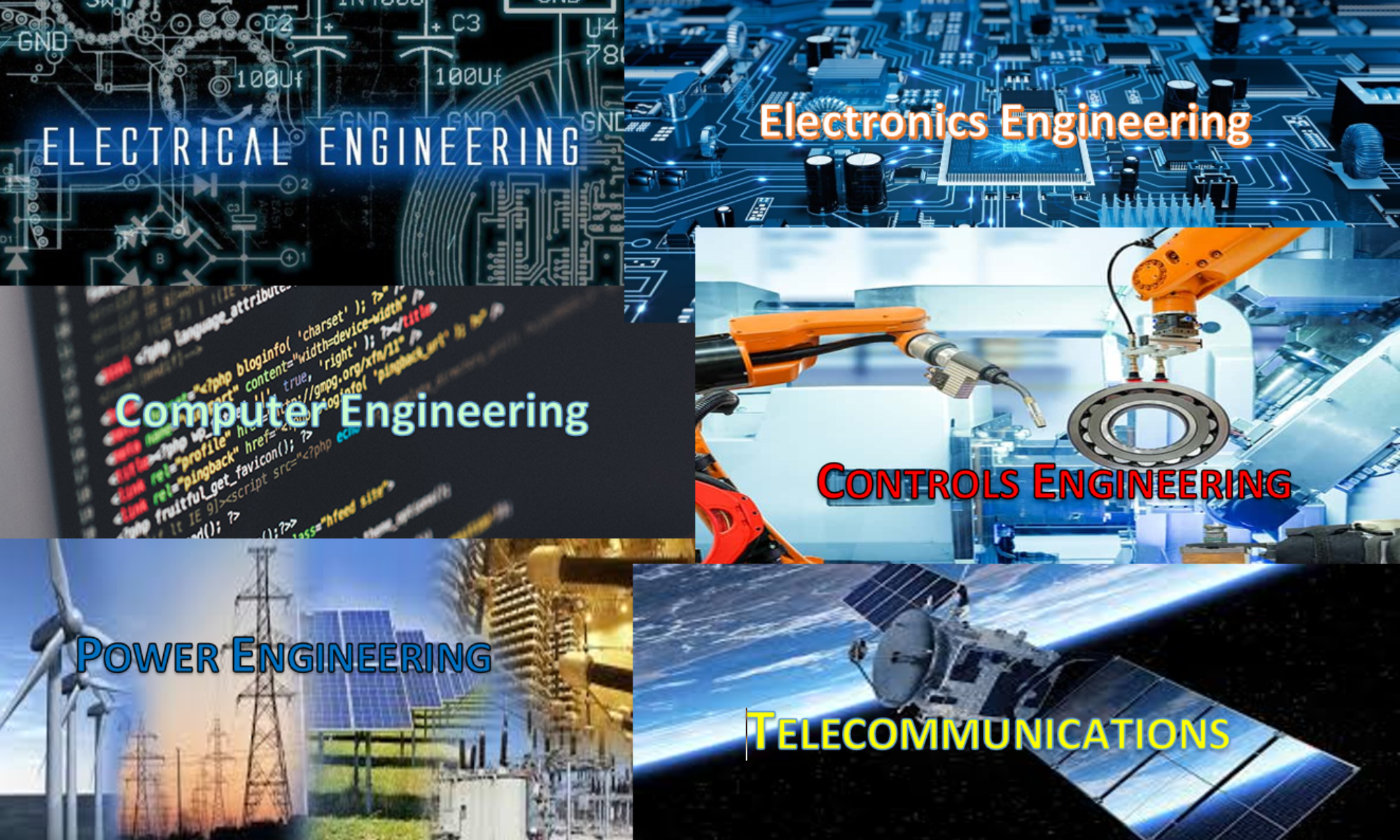DailyEnergyInsider.com – Dave Kovaleski

“Duke Energy has enrolled more than 1,300 customers in North Carolina in a new pilot program that is designed to make a home solar plus battery system more affordable.
The PowerPair pilot initiative is a one-time incentive-based program that offers up to $9,000 in incentives for residential customers who install a new solar plus battery system. The total incentive is based on the approved capacity of the solar array and battery installed.
The PowerPair program, approved by the North Carolina Utilities Commission (NCUC) in January and launched in May, was developed in collaboration with various stakeholder groups at the direction of the NCUC.”






